- News
- Reviews
- Bikes
- Accessories
- Accessories - misc
- Computer mounts
- Bags
- Bar ends
- Bike bags & cases
- Bottle cages
- Bottles
- Cameras
- Car racks
- Child seats
- Computers
- Glasses
- GPS units
- Helmets
- Lights - front
- Lights - rear
- Lights - sets
- Locks
- Mirrors
- Mudguards
- Racks
- Pumps & CO2 inflators
- Puncture kits
- Reflectives
- Smart watches
- Stands and racks
- Trailers
- Clothing
- Components
- Bar tape & grips
- Bottom brackets
- Brake & gear cables
- Brake & STI levers
- Brake pads & spares
- Brakes
- Cassettes & freewheels
- Chains
- Chainsets & chainrings
- Derailleurs - front
- Derailleurs - rear
- Forks
- Gear levers & shifters
- Groupsets
- Handlebars & extensions
- Headsets
- Hubs
- Inner tubes
- Pedals
- Quick releases & skewers
- Saddles
- Seatposts
- Stems
- Wheels
- Tyres
- Health, fitness and nutrition
- Tools and workshop
- Miscellaneous
- Buyers Guides
- Features
- Forum
- Recommends
- Podcast
feature
 Patents Jan 2023
Patents Jan 2023Cycling patents — what became of the best, worst and weirdest bike innovation ideas
Technology companies, including cycling companies, use patents to protect their ideas so other companies can’t use them. Because you have to file a patent before making a product based on it, patents often reveal what forthcoming products a company is working on, so the bike press keeps a close eye on them. But a patent doesn’t always turn into a product. Let’s take a look at some patents that succeeded… and some that really didn't.
Shimano’s 14-speed sprocket and chain system
Back in 1999 Shimano was granted a patent for a way of cramming 14 sprockets on the rear wheel. In these days of 12-speed systems from just about everyone and 13-speed systems from Campagnolo and Rotor that doesn't sound so impressive, but at the time Shimano’s Dura-Ace groupset had just 9 sprockets (how DID we cope?) — 14 would have been amazing.
Just making the sprockets and chain thinner wouldn’t have been novel enough for a patent, so Shimano designed a chain whose inner links hopped over the sprocket teeth as you can see here:
So what happened to this patent? Well, it seems, nothing. Nothing remotely like this exists in anyone’s current line-up, even though this patent expired a couple of years ago. Component manufacturers have continued to squeeze more and more sprockets into the gap between dropout and hub, mostly by moving them closer together and making chains thinner. Maybe Shimano just couldn’t figure out how to economically manufacture this system, or maybe they decided it was better to refine existing technology adding one sprocket at a time rather than go for a 14-sprocket big bang.
Shimano Europe press guy Jonathan Davis told us via email that he couldn't say if this patent "resulted in new technology": "Shimano is continually innovating its products, which includes regular patent applications (something of a legal requirement in the US). Oftentimes these are simply expressions of an idea that never see the light of day", Davis added.
Apple invents the bike computer
Big Dave got to deploy his snark-o-tron when we covered this 2009 patent application by Apple which contains a lengthy explanation of the function of a bike computer. The innovative idea at the time seems to have been enabling bike computers, embodied in bike-specific devices or more general-use portables like phones or the iPod, to communicate with each other so you can tell where your riding buddies or team-mates have got to.
Apple seemed to think bike computers were expensive, hence this gem:
“Bicycle computers, however, are typically expensive components that would not be purchased by casual or semi-serious bicyclists,” the patent document goes on, although it fails to give any examples of bike computers that are more expensive than an iPhone.
The big concern though was that such a broad patent would give Apple the power to demand a hefty licensing fee for a whole swathe of bike computer applications. Happily, that doesn’t seem to have happened. Garmin’s GroupTrack feature, for example, looks like it might infringe aspects of Apple’s patent, but either Garmin have quietly done a deal with Apple or Apple just hasn’t noticed.
Halfbike
In 2015, Martin Angelov Angelov and Mihail Snezhanov Klenov were granted a design patent for a ‘folding pedal powered tricycle’ otherwise known as Halfbike. We covered an early version when it was at the Kickstarter fund-raising stage and our readers were, well, sceptical.
KiwiMike wrote: “I defer to people with a much better grasp of human physiology, but fundamentally we either run or sit down and cycle. When we stand for very brief periods, we lean forwards and brace with both arms. This just looks an awful, unholy mess of trying to support your weight and press down on the pedals and steer all at once.”
Even the Daily Mail called it “bizarre” at the time.
Despite this frosty reception, Angelov and Klenov got the $80,000 they were seeking through Kickstarter and now sell the Halfbike through halfbikes.com. If anyone fancies taking up the 30-day free home trial, be sure to tell us how you get on.
Shimano’s wireless shifting
A good example of the way patents sometimes really do presage real products is Shimano's 2018 patent on aspects of a wireless gear shifting system (they obviously couldn’t patent wireless shifting itself as they’d been comprehensively beaten to it by Mavic with the 1999 Mektronic system).
As Mat Brett mentioned, Shimano had long said that it thought wireless shifting was unnecessary and doubted it could be made to work as well as the wired Shimano Di2 system.
Nevertheless it wasn’t terribly surprising when Shimano announced a 12-speed Dura-Ace groupset in August 2021 not least because some details had already been published in another patent earlier that year.
> Are Shimano's latest top-end groupsets a disappointment?
In fact the most surprising thing about that launch was that a 12-speed Ultegra Di2 groupset was announced at the same time, a departure from Shimano’s previous habit of introducing groupsets one quality level at a time.
Moar power!
Patents for power meters have come thick and fast in the last few years, but many of them have, so far, come to nothing.
In 2018 Shimano was granted a patent for a power meter pedal that used a wired connection to the crank to offload some of the processing and transmitting work.
One of the problems with power meter pedals is that you have to add a power source, electronics to calculate power from the raw signal from the sensors in the pedal, and more electronics to transmit power data to a head unit. Look at any road bike pedals and you can see there just isn’t much spare space to add all that stuff, which is why early power meter pedals put all that gubbins in external pods, and modern designs like Favero and Speedplay put the electronics in a casing around the axle, by the crank.
Moving the electronics to the crank is a clever solution to the problem, but as we pointed out at the time, it removes one of the big advantages of power pedals, being able to easily move them between bikes. That’s probably why we haven’t seen any products based on this patent.
Over the years you’ve been able to buy power meters in pedals, cranks, chainrings, bottom bracket axles, and rear hubs. There was even a power meter that attempted to measure power by detecting chain tension and speed. About the only place between your feet and the road that nobody’s successfully put a power meter is in the sole of your shoes.
A 2021 patent by Icon Health & Fitness proposed putting power meter sensors in a pocket in the sole of the shoe. On the surface this is a great idea: as long as all your bikes use the same pedal system you swap power meters between bikes by just walking from one to the other.
There’s no sign of anything based on this patent in Icon Health and Fitness’s product line. Now known as iFit, it’s the parent company of brands like NordicTrack and Weider but didn’t respond to a request for information about its power meter patent.
It has to be said that power meters in shoes has been tried a couple of times. Announced in 2011, the Brim Brothers Zone DPMX power meter was supposed to sit between the cleat and sole. It remained vapourware for five years and despite raising over US$400,000 on Kickstarter and Indiegogo in February and March 2016, Brim Brothers closed in October 2016.
Just before Brim Brothers closed, Spanish shoe company Luck showed a power meter module at the Eurobike show that could be added to any of their shoes. It was nominally available on Luck’s website for a while, but quietly disappeared some time in 2018.
In 2017 we got an impromptu demo of yet another system from Swiss company Magnes. They were very confident they'd swerve Brim Brothers' fate thanks to much tighter controls over where the component materials would be sourced when they were ready for mass-production. All material sourcing and assembly would happen in Europe, which they claimed would be far easier to manage.
You know what's coming don't you? All mention of the Styx power meter has vanished from Magnes' website, and even their Indigogo page is gone. The company now offers a related technology in shoes that do gait analysis.
Squeezing a power meter into a shoe is clearly harder than it seems.
> Where are they now? 13 of the best, worst and wackiest cycling crowdfunders
Meanwhile there’s the ongoing saga of Campagnolo power meter cranks, for which numerous patents have been filed. The most recent, in 2022, detailed the sensor’s integration into the crank arm. That would be a step forward; most existing crank power meters add sensors to the outside of the crank, which can lead to issues of inconsistency with some cranks.
As yet, though, nothing’s come of these patents. Campagnolo fans are no doubt eager to see some progress, but anyone who's watched the development of power meters over the last couple of decades knows they never happen quickly.
Mad ideas from motordom
Some of the daftest patents relating to cycling come from car companies trying to mitigate the outcomes of cars hitting cyclists rather than trying to stop their idiot customers driving into us in the first place.
Two from Google illustrate the point perfectly. In 2017 Google was granted a patent for a number of ways to attach car body panels with computer-controlled shear pins so they would fail or come off if the car hit someone. The idea was to make Google’s autonomous vehicles less dangerous to pedestrians and cyclists in an unavoidable collision. Six years later, self-driving cars remain a techno-utopian fantasy.
The previous year, Google gained a patent for what we called “a sort of human flypaper which would grip and hold pedestrians, and perhaps cyclists, in the event they were hit by one of the firm’s driverless cars.”
That’s right – in Google’s self-driving car fantasy “an adhesive layer positioned on the front end of the vehicle” would bond the person to the front of the car so that they remained with it until it stopped.
It’s not that terrible an idea, since what Google was trying to do was to reduce the injuries people sustain when they hit the ground after behind hit by a car, and both this and the external crumple zones are at least trying to protect people outside the vehicle, a turnaround from decades of the car industry prioritising the safety of a car’s occupants over everyone else.
It’s certainly less bizarre than Ford’s 2015 patent for a bike that you’d assemble out of bits of your car, presumably so you could escape the traffic congestion caused by all those other people driving Fords. Other congestion-causing brands are available...
Ford’s idea was to incorporate a bike frame in the body of the car, and have the other components do double-duty as car parts. The car's spare tyre would split to work as the bike's wheels; the jack would mount as the pedals and the saddle would come from one of the headrests.
The whole thing had the air of a publicity exercise. As one road.cc commenter put it: “‘Stick a Brompton in the boot of your Ford’ wouldn’t get the same number of column inches or the same level of discussion. Marketing, innit?”
Unsurprisingly, nothing’s ever come of this one.
SunTour’s slant parallelogram rear derailleur
One of the most important patents in the history of bike gearing was awarded to Tetsuo Maeda, the owner of Japanese component maker SunTour in 1964. Derailleur historian Frank Berto credits the design to SunTour’s head designer Nobuo Ozaki.
Ozaki’s design angled the derailleur’s main body, the parallelogram, so that the top jockey wheel closely tracked the sprockets. Previous designs from companies like Simplex and Campagnolo had variable gaps between sprocket and jockey. Those gaps were often quite large, so the chain could flex sideways as the derailleur moved. That led to slow, inaccurate shifting and a need to overshift to get a quick gear change.
SunTour’s innovation ended all that. Slant parallelogram derailleurs popped the chain smoothly from one sprocket to the next and worked better than almost all the competition, including far more expensive derailleurs from Campagnolo. For two decades SunTour rear derailleurs offered the best available shifting.
Almost every derailleur you can buy today has a slant parallelogram at its heart. When SunTour’s patent expired, Shimano used the slant parallelogram’s shifting precision to create SIS – Shimano Index System – ushering in the era of gears that clicked from one sprocket to the next. As patent agent Alan Coté points out, it’s actually rare for a flood of new products to follow a patent’s expiry, but that’s certainly what happened here.
Cashed up from selling millions of inexpensive rear derailleurs and with a research and development staff of about 200 against SunTour’s 20, Shimano unleashed a flood of new products over the next few years. SunTour simply could not compete. By the early 90s SunTour was effectively gone, though the name lives on in Taiwanese parts and suspension fork maker SR Suntour.
But SunTour’s legacy remains in every derailleur made by Shimano, SRAM, Campagnolo and others. The slant parallelogram is the reason your gears shift as well as they do.
What have we missed? Let us know your favourite, least favourite, most popular and most obscure/bizarre cycling-related patents in the comments below...
John has been writing about bikes and cycling for over 30 years since discovering that people were mug enough to pay him for it rather than expecting him to do an honest day's work.
He was heavily involved in the mountain bike boom of the late 1980s as a racer, team manager and race promoter, and that led to writing for Mountain Biking UK magazine shortly after its inception. He got the gig by phoning up the editor and telling him the magazine was rubbish and he could do better. Rather than telling him to get lost, MBUK editor Tym Manley called John’s bluff and the rest is history.
Since then he has worked on MTB Pro magazine and was editor of Maximum Mountain Bike and Australian Mountain Bike magazines, before switching to the web in 2000 to work for CyclingNews.com. Along with road.cc founder Tony Farrelly, John was on the launch team for BikeRadar.com and subsequently became editor in chief of Future Publishing’s group of cycling magazines and websites, including Cycling Plus, MBUK, What Mountain Bike and Procycling.
John has also written for Cyclist magazine, edited the BikeMagic website and was founding editor of TotalWomensCycling.com before handing over to someone far more representative of the site's main audience.
He joined road.cc in 2013. He lives in Cambridge where the lack of hills is more than made up for by the headwinds.
Latest Comments
- David9694 10 min 35 sec ago
hey Siri show me two news stories that illustrate driver privilege: ...
- mikeclarke 2 hours 51 min ago
Have the 'Welsh News Website' published an apology for spreading Mr Kane's lies?
- mark1a 7 hours 23 min ago
I understand what you're saying, but I think when you get north of £10k, for the average amateur road.cc reader who maybe in the market for a so...
- brooksby 2 hours 11 min ago
They (wheelywheely) haven't been seen for ages- did they get banned?
- ktache 11 hours 52 min ago
For double that you can' get a Pedro's vise whip Ii. Or half, the reportedly excellent decathlon thingy. And Sigma has the Silca for only £150.
- KDee 11 hours 58 min ago
I'm no detective, but the "NOAHFAST" decal vertically stickered on the headtube is a little bit of a clue.
- Spangly Shiny 12 hours 18 min ago
I remember my driving test examiner, straight after congratulating me for having passed the test said, "Don't be a twat and have that as your best...
- Bigfoz 14 hours 26 min ago
Did they think it was a drive thru?
- Rendel Harris 14 hours 36 min ago
As a teacher's husband, I'm allowed to watch up to 50km out (unless it's a big mountain stage when I can only watch up to the start of the first HC...
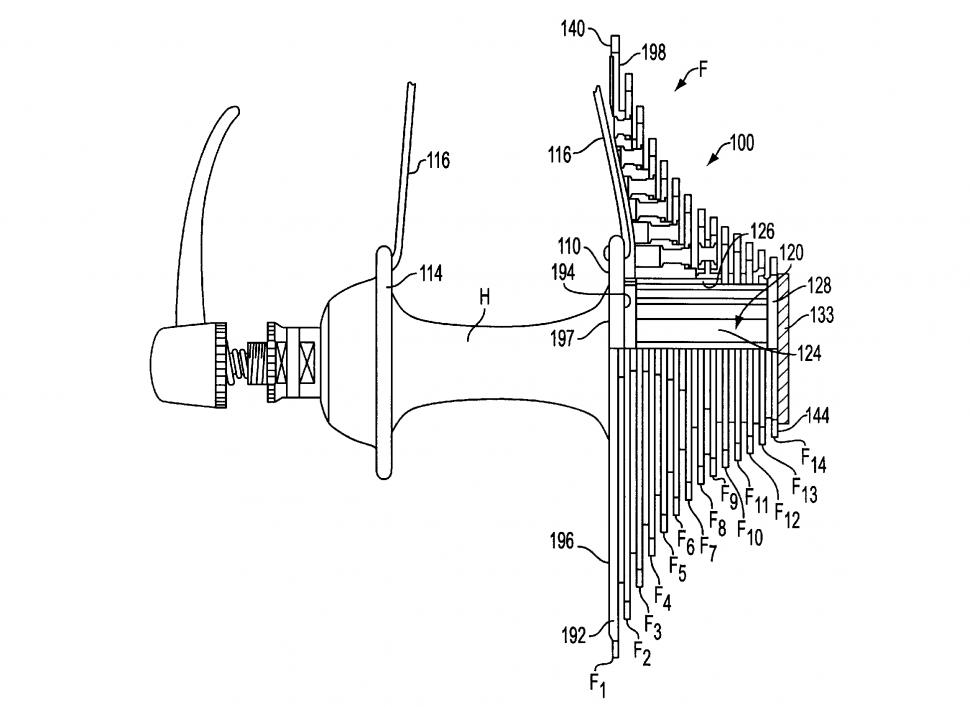
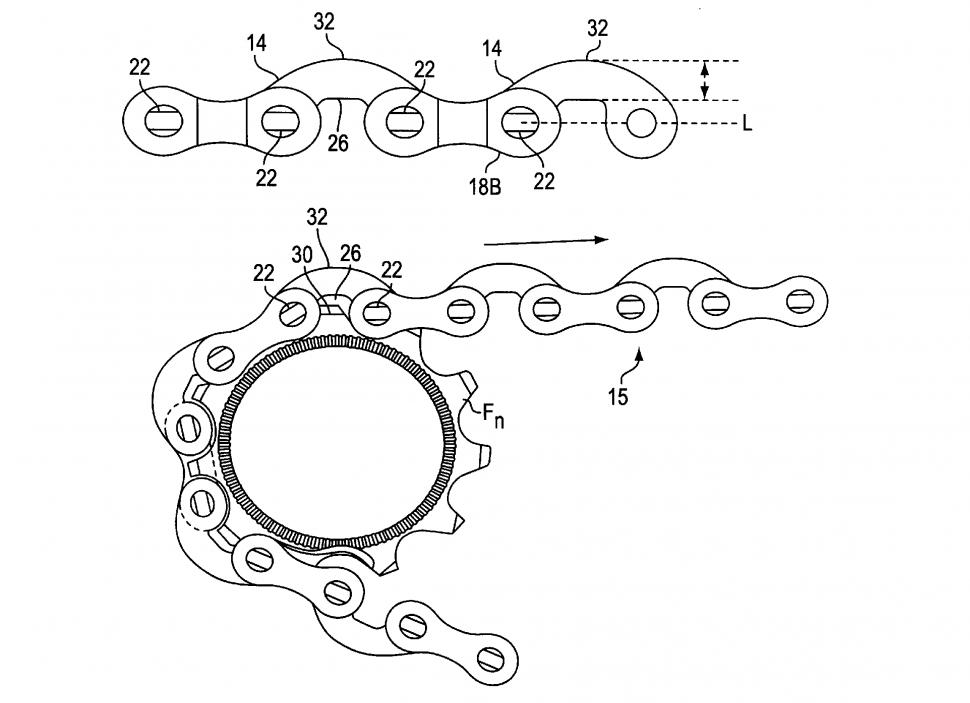

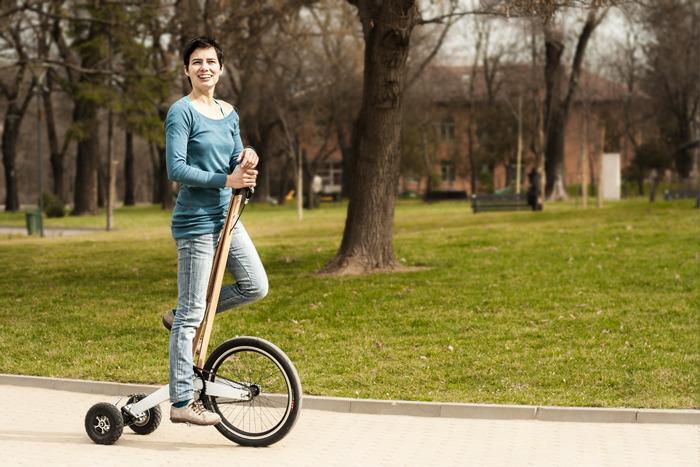
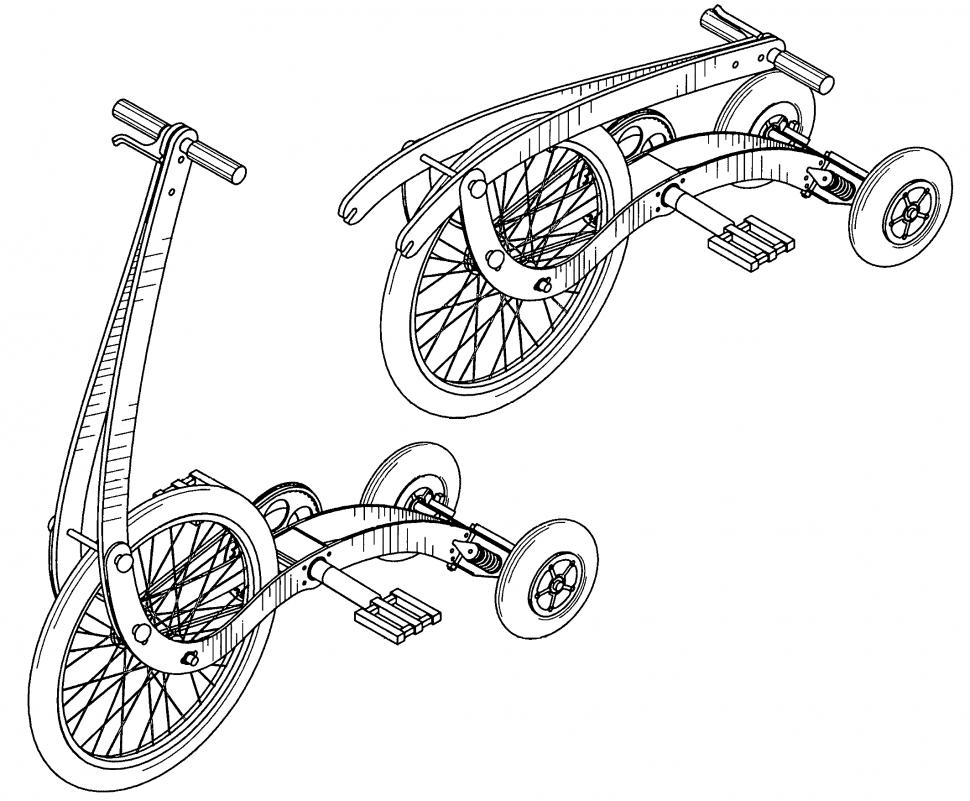

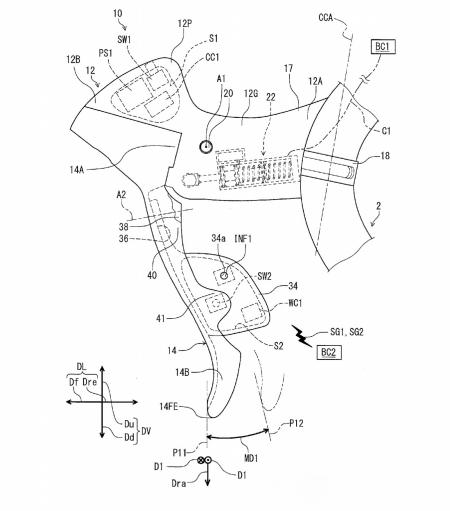
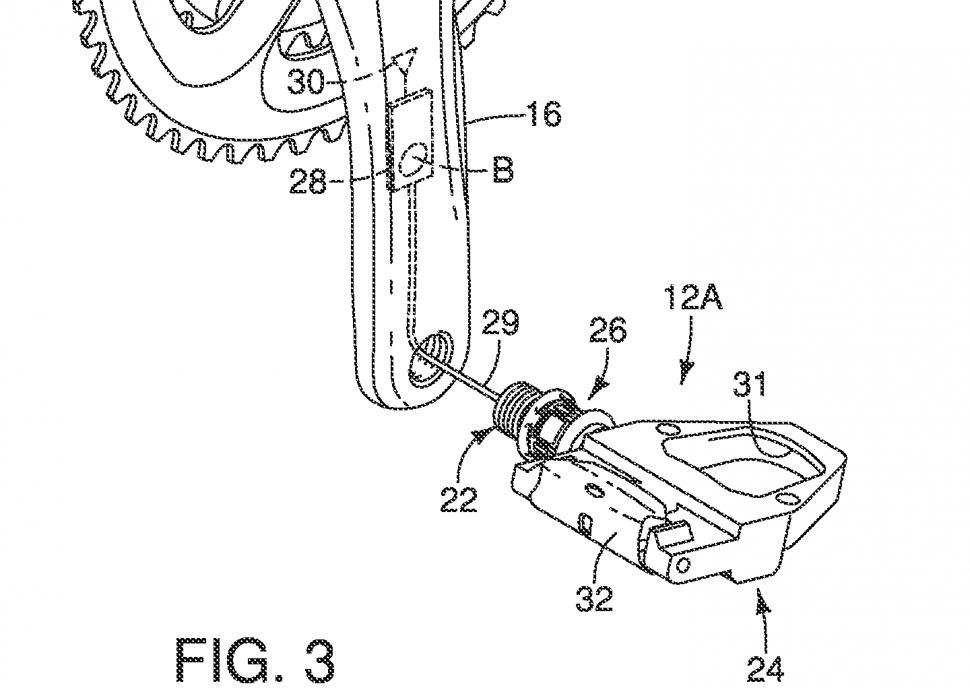
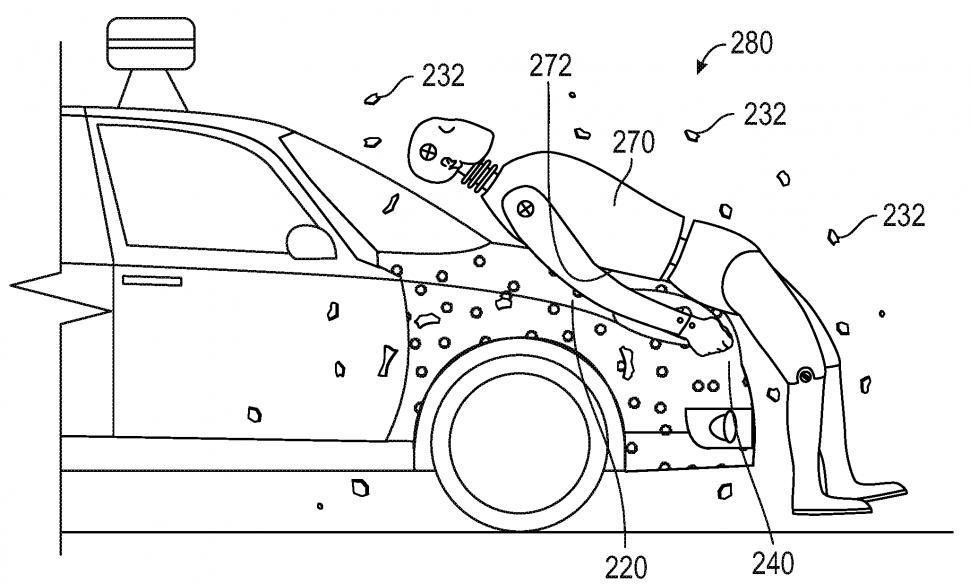
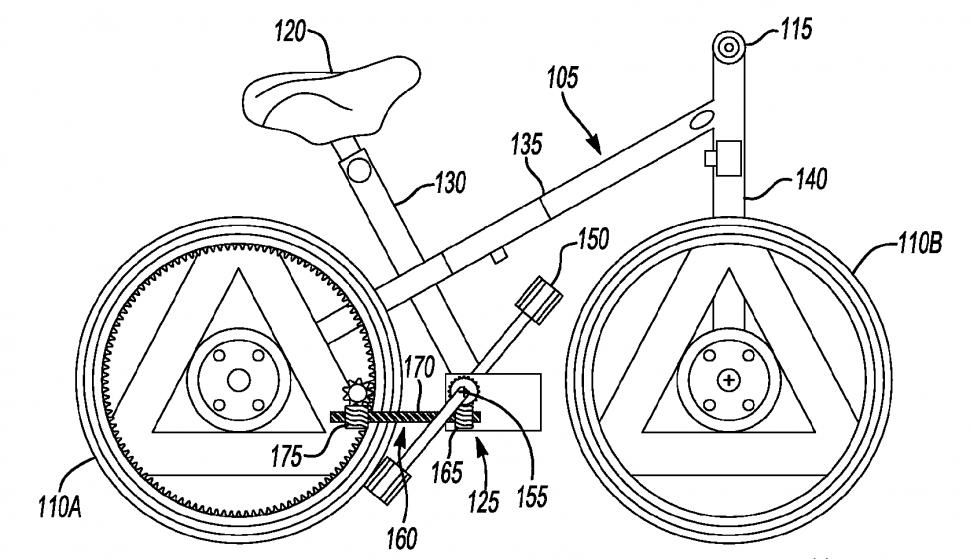
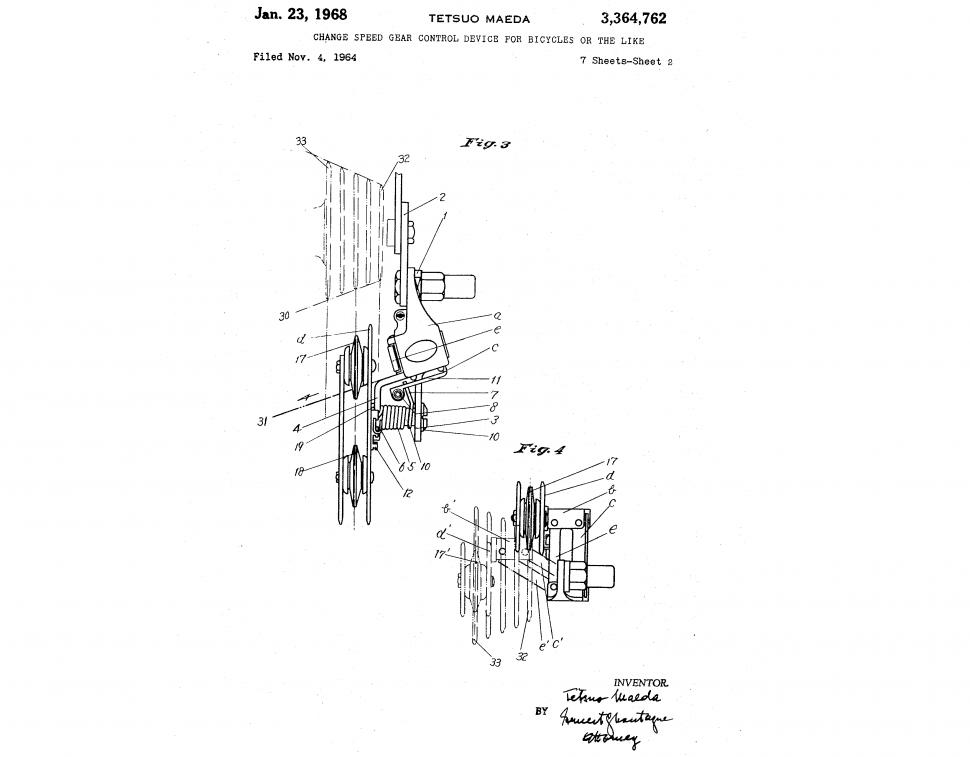
Add new comment
10 comments
Brim Brothers did get as far as limited, pre-production run. Unfortunately, there were a number of issues:
1. The fitment of the sensor plate to shoes ran into issues with sole profiles not being standardised to a high tolerance. There was variation and play, affecting accuracy, I gather.
2. The "strap" carrying the ribbon cable to connect the pod (with the micro-computer) on your shoes to the sensor-plate on your shoe was not terribly durable.
3. The sensor plate itself, there-after, also had durability issues - it consisted of 2 further plates, top and bottom, melded together (don't remember how) with force sensors in between - had to be as thin as possible, while still being strong enough to resist the forces the cyclist applied.
Unfortunately they couldn't figure out all the issues in time.
It was a really neat idea though. Had it worked out, it would have been the most convenient and versatile power-meter ever. The idea was worth pursuing. Kickstarter is a venture capital platform, and it's understood you're funding development - which may fail.
I lost my money, in terms of never getting a working shoe-based powermeter. However, Cyclops/PowerTap did step in and offer all Brim Brothers backers a 50% discount on their power-meters (presumably in return PowerTap got something from Brim Brothers). As a result, I got a PowerTap C1 chain-ring power-meter for €250 or so. Which has lasted me many years.
Ernest Monnington Bowden: Patents the brake cable in 1896. Sells idea to Raleigh etc. and makes a lot of money. Writes several popular books on Buddhism. Dies in 1904 aged 44. A life well lived!
http://www.patentlyinteresting.com/august-23.html
That's very interesting, thanks – I'd never heard of him. A reminder that bleeding obvious inventions are only bleeding obvious once somebody has invented them!
It's a bit of hyperbole to say every derailleur now is a slant parallelogram. 1x derailleurs no longer tilt the parallelogram to follow the cassette, instead they offset the upper jockey pulley from the cage pivot which then moves the pulley farther from the axle as the slack in the chain decreases.
"Some of the daftest patents relating to cycling come from car companies trying to mitigate the outcomes of cars hitting cyclists rather than trying to stop their idiot customers driving into us in the first place."
Laughed out loud at this! 👍
Always had a soft spot for Suntour. First proper MTB had a Suntour gruppo during their last gasp in the early 90's.
Invented the first compact 3x8 speed groupset forcing Shimano to push 8 speed across their entire range to compete.
Come on, how could you not include the madness of the anti-genius that is Elon Musk and his electronic fixed handlebar bike?
Not even Homer Simpson could've imagined something so utterly absurd.
No mention of the stupidest of them all........ Disk breaks
Is this comment more or less inane and unoriginal with the spelling mistake?
..... and he asked another poster (on another thread) if they were illiterate!